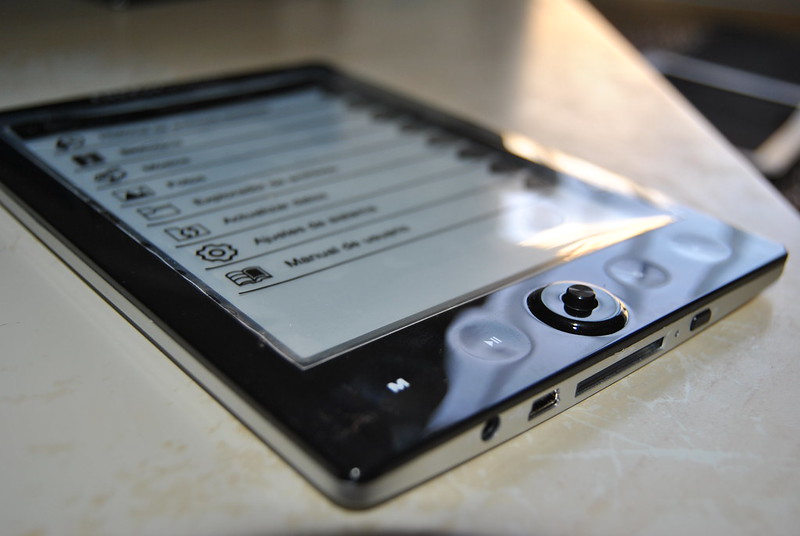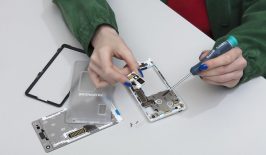In 2019, the global production e-waste reached 53.6 million metric tons. To put that in perspective, that means that 2019’s e-waste weighed substantially more than all the adults in Europe, or as much as 350 cruise ships the size of the Queen Mary 2. This figure comes from the latest report from the United Nations’ Global E-Waste Monitor. According to the report, it’s estimated that by 2030 we will be producing even more – 74 million tons per year, to be exact. Asia is thought to have generated the greatest volume of e-waste in 2019 — around 24.9 million tons, followed in second place by the Americas (13.1 million) and Europe (12 million). Africa and Oceania generated just 2.9 and 0.7 million tons respectively.
“This makes e-waste the world’s fastest-growing domestic waste stream, fuelled mainly by higher consumption rates of electric and electronic equipment, short life cycles, and few options for repair,” the report states. Of the total amount of e-waste generated in 2019, only 17.4 percent was collected and recycled. E-waste contains hazardous heavy metals such as mercury and lead, which not only damage the environment but also pose a danger to the health of humans and animals. Huge amounts of high-value raw materials such as gold, silver, copper and platinum often end up being dumped or burned – embedded in non-recycled devices – rather than being recovered and reusesd.
Researchers at the Karlsruhe Institute of Technology develop a biodegradable display
A team of scientists from the Karlsruhe Institute of Technology (KIT) has succeeded in developing, for the first time, a display whose biodegradability has been independently tested and confirmed. The results of the research have been published in the Journal of Materials Chemistry. “For the first time, we have demonstrated that it is possible to produce sustainable displays that are largely based on natural materials with the help of industrially relevant production methods,” explained Manuel Pietsch, first author of the publication and researcher of KIT’s Light Technology Institute (LTI), who is working at the Heidelberg InnovationLab. “We hope that the display, in combination with recycling and reuse, might help minimise or in fact completely prevent some of the environmental impacts of electronic waste.”
The display is part of a research project funded by the German Federal Ministry of Education and Research (BMBF). The project is exploring biodegradable luminescent and reflective as well as color-changing components that can be used for displays and the biodegradability of the new display has been tested in accordance with ISO 14855 by Isega Forschungs- und Untersuchungsgesellschaft mbH.
The display consists of different layers. First comes the substrate. This consists of a kind of cellulose film. The next layer consists of an organic polymer, which is responsible for the colour change. Finally, everything, along with the individual electrodes that drive the display, is sealed with a final layer. This last layer consists of a mixture of gelatine, water, table salt and glycerin. When this substance is added beyond the edges and also under the substrate then it’s even possible to wear the display on the skin.
“There are two different types of displays: firstly, emissive displays, such as the LED or LSD displays we find in our smartphones. And there are reflective displays, like the electronic paper we find in e-readers,” explains Pietsch. KIT’s new display is a reflective display. “When a voltage is applied or removed, the polymer changes its optical properties. So the absorption of the material changes and it absorbs a different wave component from the light. This also changes the colour that we then see.”
The electrical voltage required is only about 2.4 volts. The display therefore consumes very little power – one of the advantages that this display has over conventional displays. Another advantage is the relatively simple production process, as the display can be printed out using an inkjet printer. This process makes manufacturing simple and saves resources. This method can also be used to change the design as much or as often as possible, making it ideal for adapting the display to different applications.
Use on food packaging and in healthcare
So far, the display can “only” show simple indications, such as numbers on an alarm clock or calculator, or bars like those found on battery level indicators. “We’re only talking about simple displays here for now, not more complicated ones like found on a smartphone. It would be nice if we could manage that in the near future, but that’s a lot more complex and challenging of course,” explains Pietsch.
The display could be used, for example, on food packaging (as a display for quality-monitoring sensors, such as for the best-before date), or in the medical sector. In the latter, for hygiene reasons, up to now disposable devices have been used, or displays have been gone through costly cleaning processes. In the future, these kind of biodegradable displays could be used here instead. Depending on what is needed, the display design could be individually adapted for different applications. According to Pietsch, it could also be useful that the display sticks to skin: “For an ECG, for example, the display could lie against the skin together with the other electrodes that a patient already has on them anyway, and they wouldn’t have to wear an additional display.”
What can each of us do to help reduce e-waste?
Research projects like this one at KIT give us hope that long-term, innovative solutions to the issue of electronic waste can be found. But it will be some time before innovations such as biodegradable displays like this are introduced. While we wait for these changes to happen, there are lots of other things that we as individuals can do to reduce the amount of e-waste that we as a planet produce. From supporting ethical electronics manufacturers, to finding ways to reuse and recycle old devices, we’ve put together some simple ideas for how you can best support the future of sustainable electronics.
This is a translation of an original article that first appeared on RESET’s German-language site.






